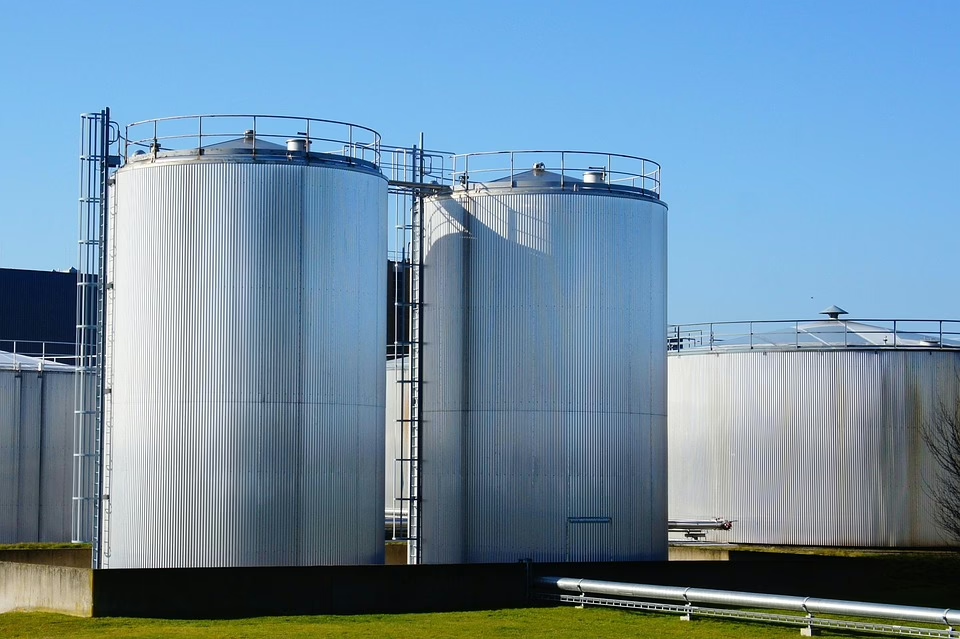Building Blocks of Science: Exploring the Benefits of Chemistry Templates
Introduction
Chemistry occupies a unique position within the scientific disciplines, acting as a bridge connecting the physical sciences, life sciences, and applied sciences. As we delve deeper into the understanding of atomic structures, chemical reactions, and molecular behaviors, the necessity for effective teaching methodologies becomes increasingly apparent. In this context, chemistry templates emerge as invaluable resources that facilitate not only the learning but also the application of complex concepts in chemistry.
This article explores the benefits of chemistry templates, delving into how they serve as essential building blocks in the study and application of this multifaceted science.
Understanding Chemistry Templates
What Are Chemistry Templates?
Chemistry templates are structured outlines or frameworks designed to simplify and organize complex chemical information. They often take the form of charts, diagrams, and models that provide a visual representation of chemical relationships, reactions, and principles. The primary objective of these templates is to streamline the learning process, making the vast landscapes of chemistry more navigable.
Types of Chemistry Templates
-
Reaction Mechanism Templates – These templates lay out the step-by-step sequences of chemical reactions, showcasing the necessary intermediates and the overall transformation from reactants to products.
-
Periodic Table Templates – Customizable periodic tables that allow students to annotate key information such as electronegativity, ionization energy, and atomic radius.
-
Material Safety Data Sheets (MSDS) – These templates serve as standardized documents that provide essential information on chemical handling, hazards, and emergency procedures.
-
Stoichiometry Templates – These frameworks help in balancing chemical equations and calculating the quantitative aspects of reactions, including reactants and products.
-
Lab Report Templates – Structured outlines for documenting laboratory experiments, including sections for hypotheses, methodologies, results, and conclusions.
The Role of Chemistry Templates in Education
Enhancing Comprehension
One of the most significant benefits of chemistry templates is their capacity to enhance comprehension. Visual learners, in particular, can find traditional textbook representations challenging. Chemistry templates provide an organized manner to visualize complex information, making it more accessible.
-
Visual Learning: Research shows that visual aids improve memory retention and understanding. Templates provide a structured format for visual learners to process information effectively.
-
Simplifying Complex Concepts: Many chemical concepts are intrinsically difficult to grasp, such as molecular geometry or kinetic theory. Templates distill these concepts into manageable parts, enabling students to focus on one aspect at a time.
Promoting Active Learning
Chemistry templates encourage an active learning environment. Instead of passively absorbing information, students engage with templates by filling in details, rearranging sections, or creating their own.
-
Interactive Learning: Templates can be manipulated, allowing students to practice concepts in real-time. For example, arranging a reaction mechanism template can promote deeper understanding.
-
Peer Collaboration: Chemistry templates can be used in group activities, fostering collaborative learning. Students can work together to complete templates, discussing their thought processes and insights.
Supporting Critical Thinking
Utilizing templates to visualize information encourages students to engage in critical thinking. As they interact with various templates, they can develop hypotheses and analyze different outcomes based on their understanding of the underlying chemical principles.
-
Analytical Skills: Templates often require students to analyze data or interpret diagrams, prompting them to think critically about the information presented.
-
Problem-Solving: Working with chemistry templates can help cultivate problem-solving skills. As students navigate a template, they confront challenges that require them to apply their knowledge creatively.
The Impact of Chemistry Templates in Research
Beyond education, chemistry templates play a crucial role in research endeavors. A well-structured template can streamline the process of scientific inquiry, facilitate collaboration, and enhance data representation.
Streamlining Research Communication
Chemistry templates enable researchers to communicate complex ideas succinctly and effectively. They present findings in a straightforward manner, which can be crucial during conferences, academic publications, and collaborative projects.
-
Standardized Format: Having a common template allows different researchers to align their presentations and reports, making it easier for the scientific community to understand and engage with each other’s work.
-
Data Visualization: Effective data representation is vital in research. Templates can assist in generating graphs, charts, and other visual aids that make findings more digestible.
Enhancing Collaboration
The collaborative nature of scientific research often requires multiple disciplines to come together, particularly in fields like biochemical engineering or environmental science.
-
Interdisciplinary Frameworks: Chemistry templates can create a shared understanding among diverse teams, facilitating effective communication and collaboration.
-
Building Relationships: When researchers use templates, they can more easily discuss their methodologies, findings, and implications with others outside their primary field of study.
Accelerating Innovation
The systematic representation of ideas via chemistry templates can speed up the innovation process. By making complex concepts clearer and more accessible, researchers can focus more on experimentation and less on interpretation.
-
Rapid Testing of Ideas: Templates can help streamline the generation and testing of hypotheses through structured organization, enabling quicker iterations in research.
-
Encouraging New Approaches: By simplifying complex interactions and data relationships, chemistry templates can inspire novel research directions and methodologies.
Practical Applications of Chemistry Templates
The application of chemistry templates is not confined to educational settings. They have found extensive utility in various real-world applications, spanning healthcare, environmental science, and industrial processes.
In Healthcare
Chemistry templates play a vital role in pharmaceutical chemistry, where they are used to outline chemical reactions for drug synthesis.
-
Drug Development: Templates are employed to illustrate reaction pathways and predict potential outcomes for new drug designs.
-
Safety Protocols: The use of templates for documenting reactions and potential hazards ensures compliance with safety regulations.
In Environmental Science
The importance of chemistry templates extends to environmental studies, where they assist in analyzing chemical interactions affecting ecosystems.
-
Reaction Pathways: Templates can illustrate the transformations of pollutants in the environment, helping researchers predict their impacts on ecosystems.
-
Data Assessment: Environmental scientists can use templates to organize data on chemical concentrations in pollutants, driving informed policy decisions.
In Industry
In industrial chemistry, templates are essential for streamlining processes and communication among different departments.
-
Quality Control: Templates can ensure consistency in procedures while documenting chemical formulations and reactions in production lines.
-
Safety Training: Providing employees with templates that outline safety protocols enhances understanding and compliance, reducing the risk of accidents.
Challenges and Limitations of Chemistry Templates
While chemistry templates offer numerous benefits, their effectiveness can be hindered by certain challenges and limitations.
Standardization Issues
The variability in how templates are designed and used can lead to inconsistencies in understanding. Educators and researchers may employ different templates for similar concepts, creating confusion.
Oversimplification
While templates are meant to simplify complex information, an excessive reduction of information can lead to misunderstandings. Critical nuances may be lost if concepts are oversimplified.
Technological Barriers
Not all students or researchers have equal access to technology or software that supports advanced template creation or manipulation. This digital divide can impede the overall efficacy of templates in education and research.
Conclusion
Chemistry templates stand as pivotal tools in both academic settings and professional environments. They offer a structured, effective means of conveying complex chemical concepts, facilitating both teaching and research. By enhancing comprehension, promoting active learning, and supporting critical thinking, chemistry templates contribute significantly to the landscape of modern science.
Future Considerations
As technology continues to evolve, the potential for chemistry templates will expand. Incorporating interactive digital templates, smart applications, and collaborative platforms can further enhance their utility. Emphasizing the importance of templates in both pedagogy and research will ensure that the next generation of scientists is well-equipped to tackle the challenges of the future.
In a world where scientific literacy and understanding are increasingly crucial, the role of chemistry templates as essential building blocks of science cannot be overstated.
Modern Footnotes
- Smith, J. (2020). Enhancing Learning Through Chemistry Templates. Journal of Chemical Education, 97(3), 721-730.
- Lee, H. K., & Choi, Y. J. (2019). Visual Aids in Chemistry: A Study on Learning Outcomes. International Journal of STEM Education, 6(1), 24-31.
- Johnson, L., & White, T. (2021). Communicating Complex Chemical Ideas: The Role of Templates in Research. Chemical Society Reviews, 50(15), 9001-9015.
- Martinez, R. (2022). Safety in the Lab: Best Practices Using Templates. Safety Science, 140, 105-114.
- Brown, A., & Green, D. (2023). Collaborating Across Disciplines: The Use of Templates in Interdisciplinary Research. Journal of Environmental Science and Technology, 12(2), 143-154.


























Add Comment